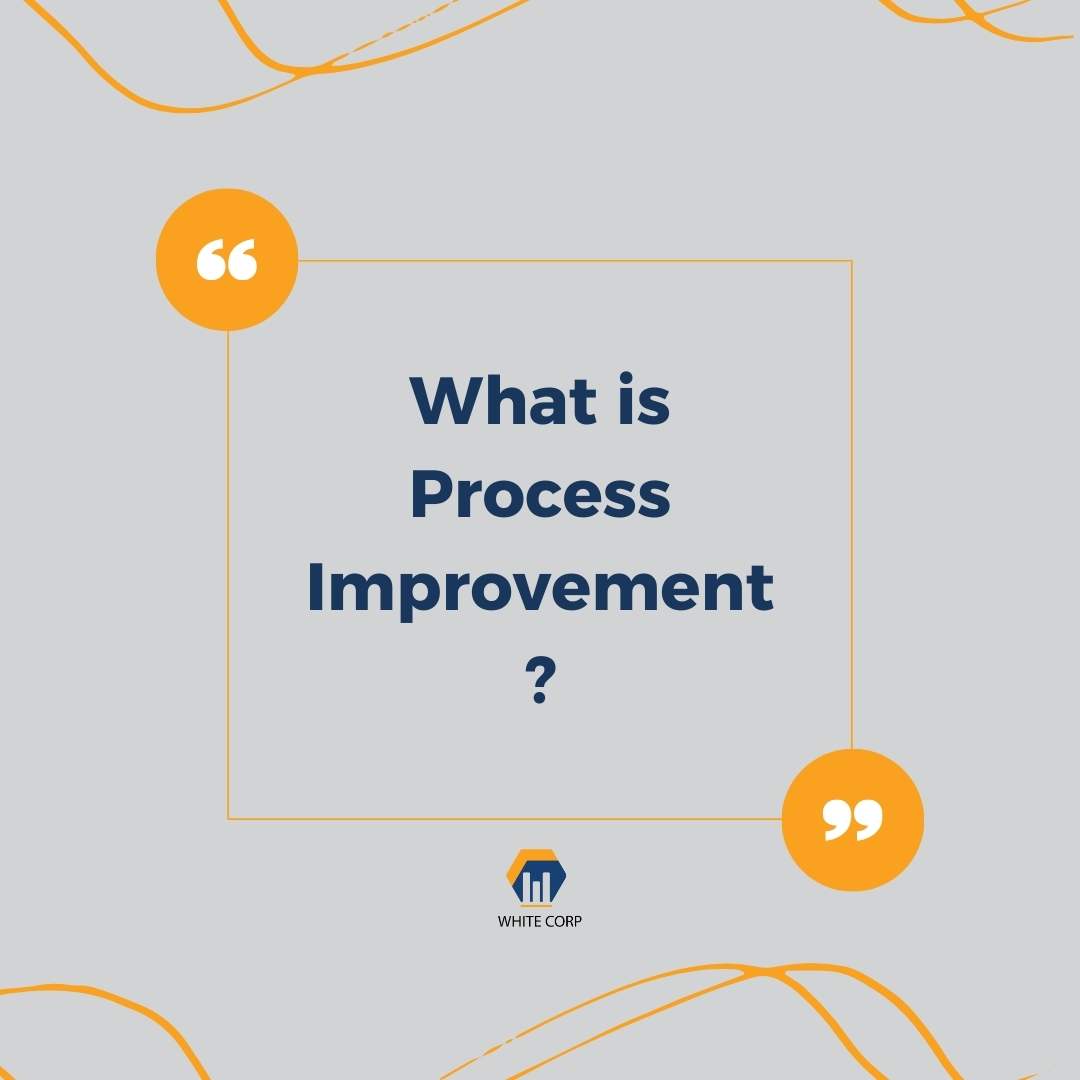Process Improvement is systematically making deliberate and purposeful changes to a process to improve its outcomes and meet customer requirements.
To purposefully change a process, one must understand it – how it works, who’s involved, and how it’s performing relative to its requirements.
Data collected from measurements must be effectively analyzed to identify and address the barriers to success.
This requires monitoring, analyzing, learning, planning, executing, and knowledge sharing.
What is Process Management?
Process Management is a systematic approach for consistently achieving one or more desired outcomes.
It involves identifying the activities needed to meet customer requirements and ensuring, through training and proper monitoring, that those activities are followed every time, as planned.
Process stability is dictated by how consistently the process activities are followed.
How does one go about controlling a process?
Following are important elements for ensuring process stability:
· Determine who the customers are for the process and what their requirements are.
· Convert the requirements into measures. Those measures will usually reflect quality, costs, and timeliness. These will be the customer-focused outcome measures, critical to their satisfaction.
· Set targets for the measures based on the customers’ stated requirements. This is called “the Voice of the Customer” (VOC).
· Examine the process to determine how it works, and if its scope can produce the measured outcomes and targets.
· Collect data for the measures to determine what the process is saying. This is “the Voice of the Process” (VOP).
Why is Process Management Important?
Process Management is the foundation for improving performance and satisfying customers.
Process owners strive to ensure the VOP and the VOC are in alignment.
When they are not, data collected is analyzed to determine why.
We can now learn from the process and make positive changes.
Perhaps that’s why we often find ourselves addressing the same complaints, obstacles, and challenges hoping to never deal with them again.
Well, hoping isn’t enough. Today, we must constantly improve and innovate to not only succeed, but to survive.
Every day we hear about another corporation that, in just a few years, went from Wall Street darling to bankruptcy.
So, how do we get on the path from reacting and fixing to improving and preventing?
With so many processes in an organization, where do we start?
Following is a proven and straight-forward approach to implementing process improvement:
· Identify the 10-15 key processes in the organization which have a significant impact on your mission.
· Identify the process owners and critical staff responsible for the bulk of the work in those processes. This will be about 50-75 people.
· Train them in Process Management tools and techniques. This consists of three days of basic training to include Yellow Belt, DMAIC or DMADV, and Project Management.
· Define and Measure the processes to ensure stability.
· Evaluate each process’s performance for gaps and apply the DMAIC or DMADV method using the tools learned in the training. Implement the countermeasures and standardize the changes so performance will not degrade.
Once the key processes have been addressed, engage the rest of the workforce in the improvement initiative and way of doing business.
Expose them to basic process improvement skills either through the half-day White Belt or one-day Yellow Belt course. Either of these will give them the insights to identify additional opportunities for improvement and necessary skills to address day-to-day process issues.
Why is it Important?
By identifying more processes, providing training and engaging the workforce, and standardizing the changes, you will not only be improving individual processes, but also organizational-level performance.
With these changes, a new culture will evolve based on confidence and capability for the benefit of customers and the workforce.
In essence, you can control your destiny through the systematic management of processes.
.png)
